What a weird time to go adventuring.
Here I am, in a national park — the Grand Tetons — in the 20th year of the worst drought in a 1,000 years. They’ve pulled most of the boats from the marinas. The berries have died on the bushes, roasted, despite some welcome rain last week: it came too late. The bears have headed south, gambling on a dangerous out-of-park-bounds bid for food.
And the people! What a cross-section of American life in the national parks. Everyone cooped up for 16 months and ready to relax, the place booked out, and now, here they’ve arrived, masked and surprised. Someone stands guard at the various lodges to hand out the paper masks, and almost everyone needs one. They didn’t think we’d be here. They’re American, I guess: they were optimistic.
Despite this American optimism, almost every conversation I have had has been tinged with worry — worry, or, sometimes, its converse, a cavalier attitude, a tendency to judge. Two men behind me, on our way to a floating-down-a-river-trip, comparing their previous family trips to the Grand Canyon: “it was disappointing,” said one. “The water was low.”
(We had just learned about the current water level in Grand Teton. The Snake River, on which we proposed to float, would instead be high — Idaho had just exercised its water rights to favor its farmers who were, apparently, bone dry. As soon as they pulled in their crops, however, Idaho would close the dam, and the Snake River would drop precipitously. The float companies would have to close two weeks early.)
The other man agreed: The Grand Canyon was disappointing. It was flat, he said, without a point of reference.
The Yellowstone canyon, they both agreed, was better. I have yet to see the Yellowstone canyon, however. I’m worried about the traffic, which I’ve heard is horrific.
Instead, I’m puttering about the Grand Tetons, getting to know its back ways, or trying to. I cut my teeth on Shenandoah and other Eastern parks, where there’s still resentment about the Feds kicking people off their land, so they did it differently out West, or so I understand, and offered more homesteading rights. It’s strange to get used to, all these back ways, these private pull-offs and semi-unknown, little-marked roads.
One of the more well-known, though, is the Moose-Wilson road, which has led to some lovely moose sightings. In addition, I had a lucky fox sighting right at the beginning — and right by the Theodore Roosevelt memorial too. I credit this to my Mom’s utter love of the book The Fox and I, and maybe also Tomas Pluck’s character Tod from his serial novel, Fox Child Running.
I have so many pics, I’m already buried in editing! I’ll just post a few here, but trust that there are more (many, many more) coming. Pronghorns! Barrow’s Goldeneye ducks! A bison in the distance (but hopefully closer soon)! So much more! (Including, hopefully, a bear? I’m working with a guide … fingers crossed …)
Hope you’re all well, till next time,
WanderFinder

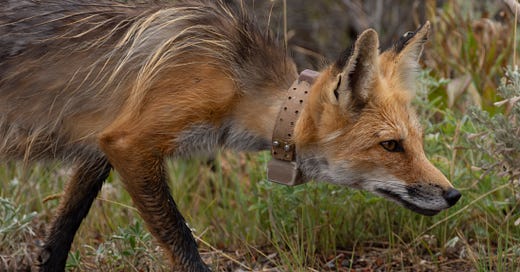


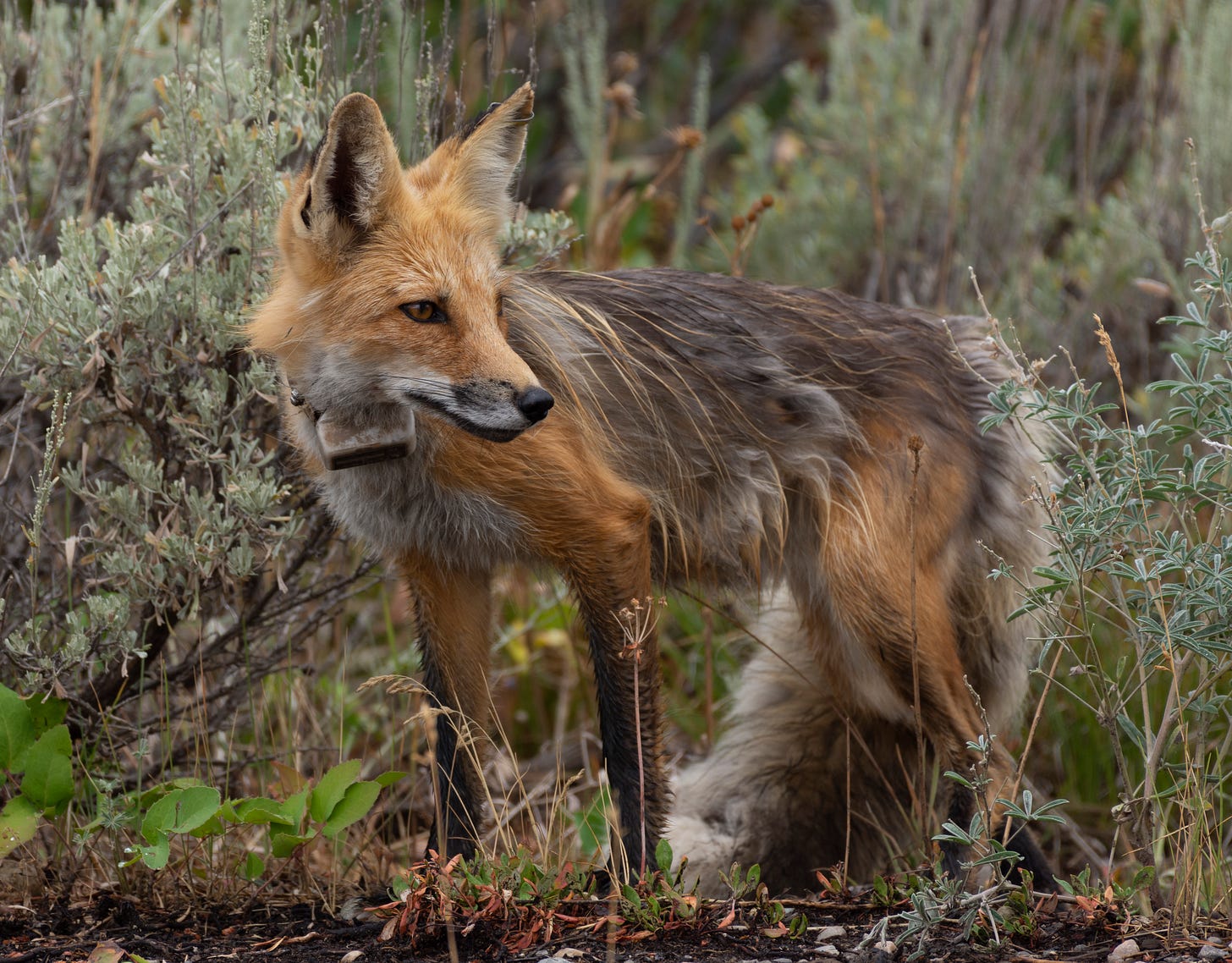

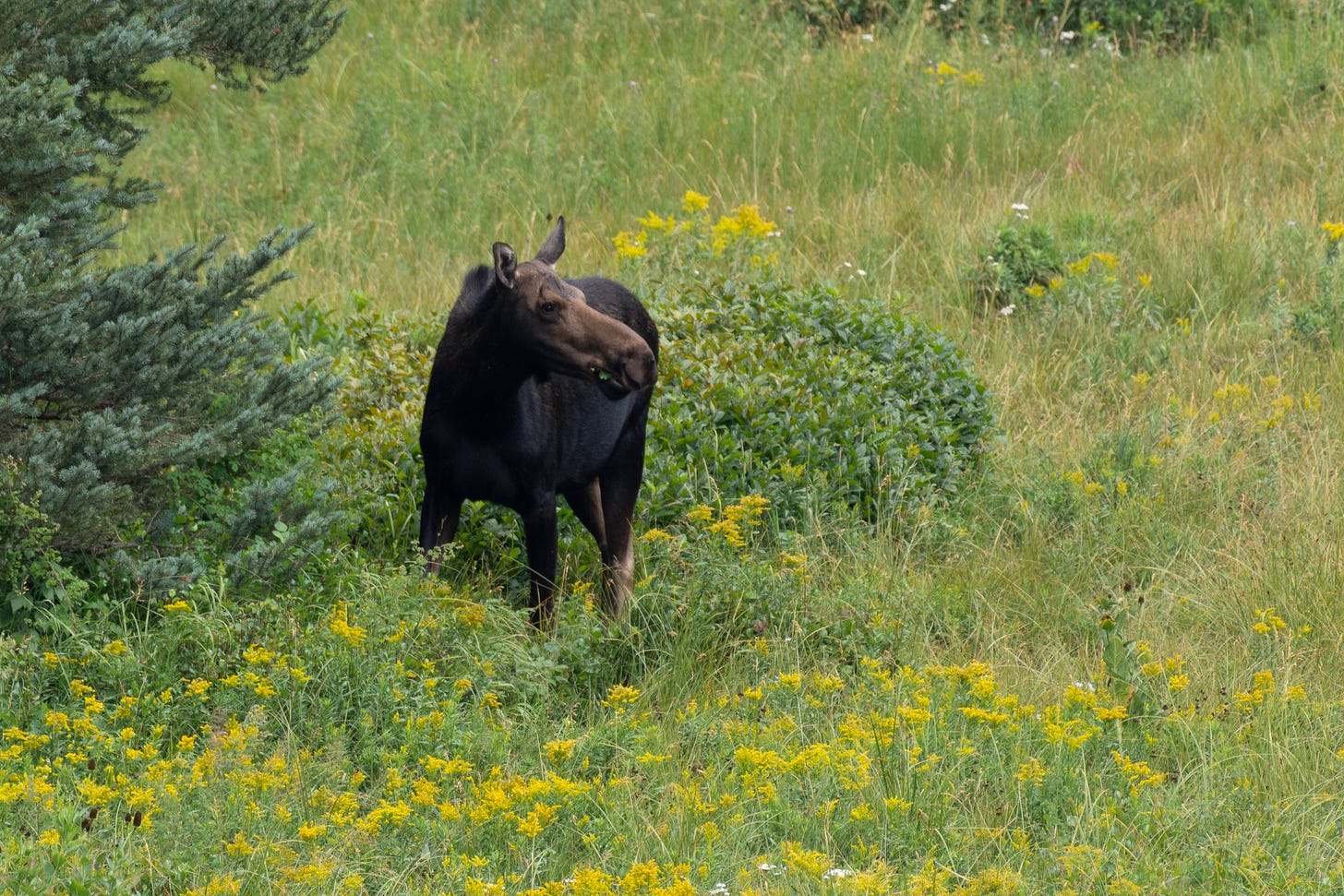
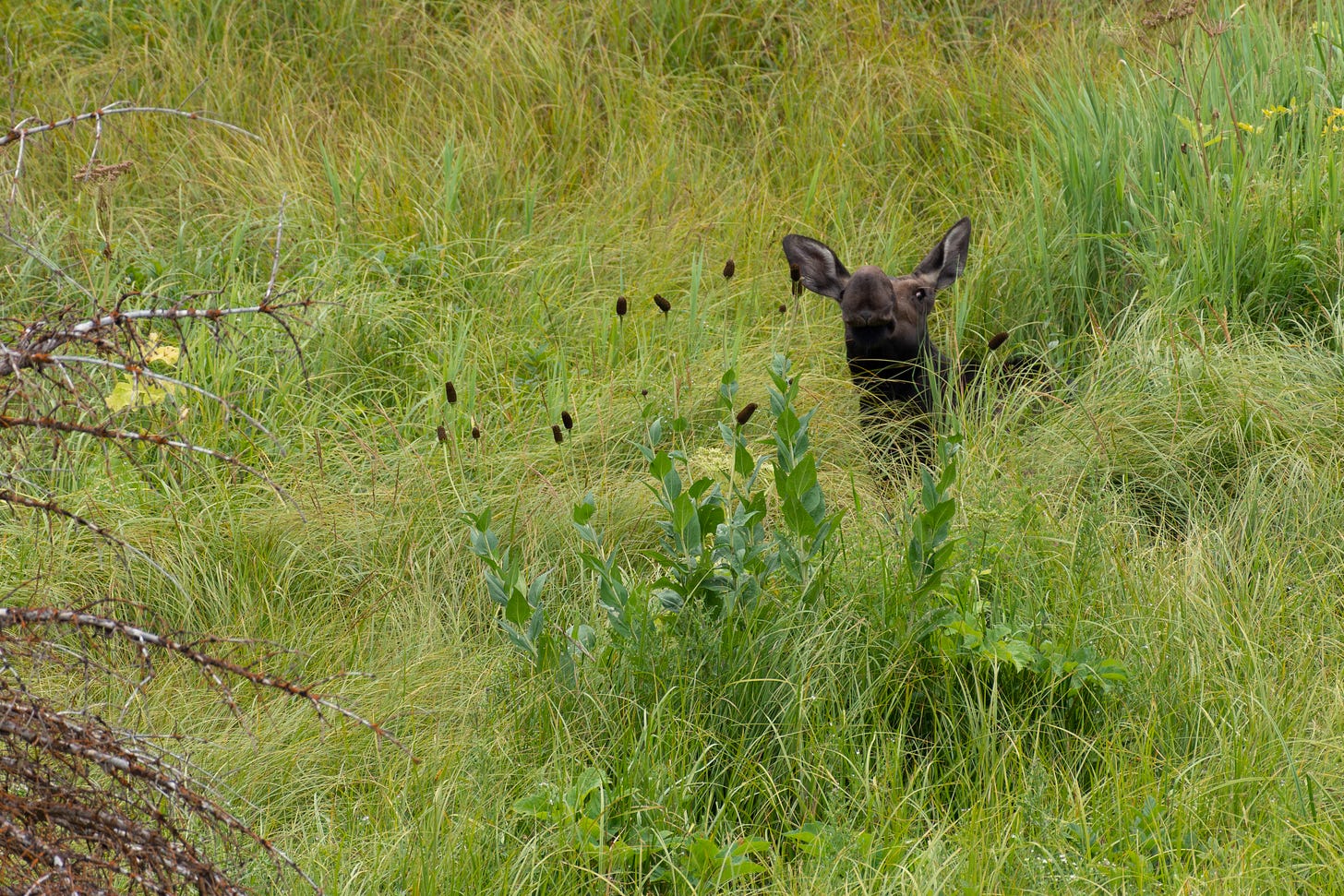
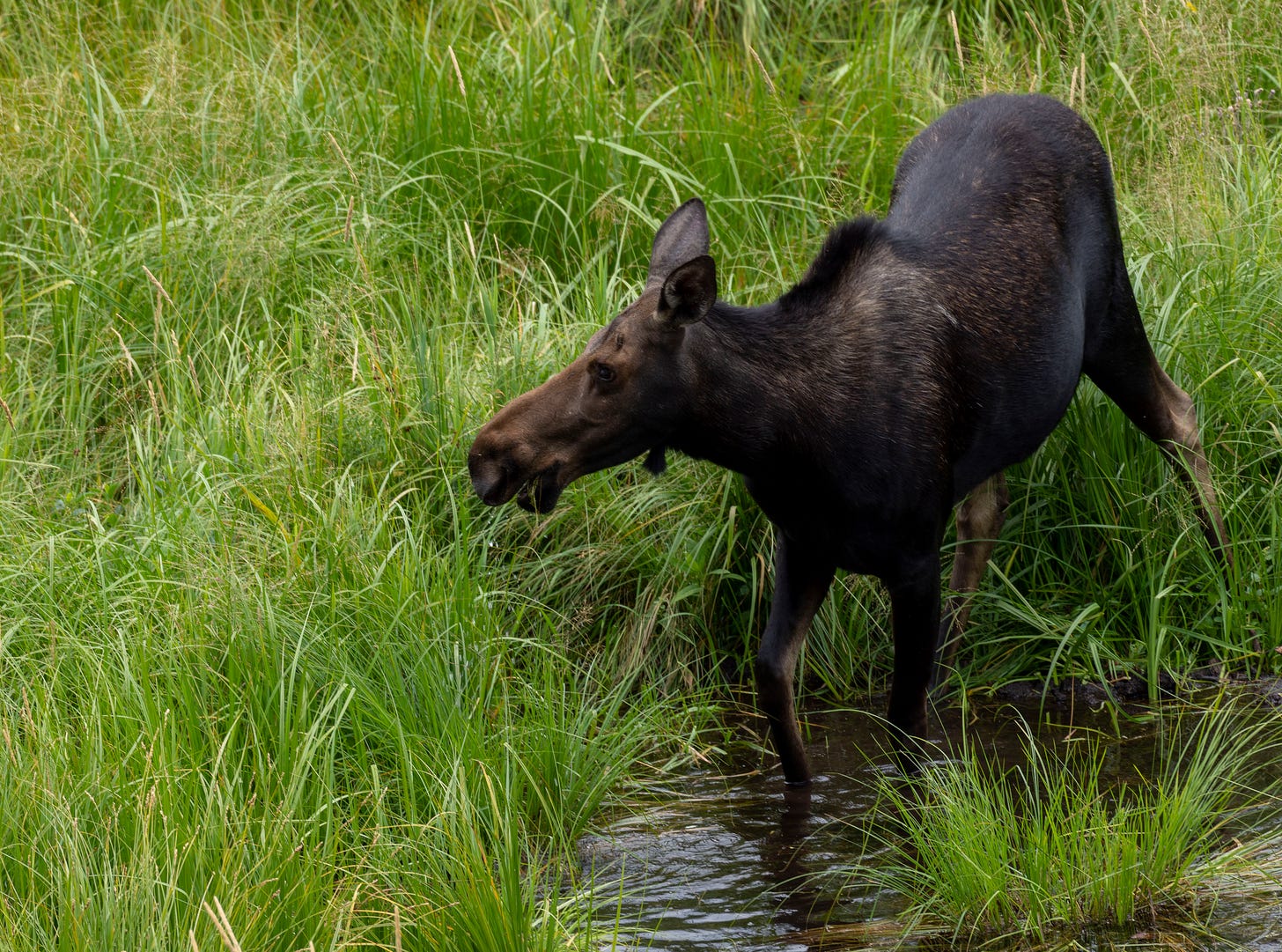
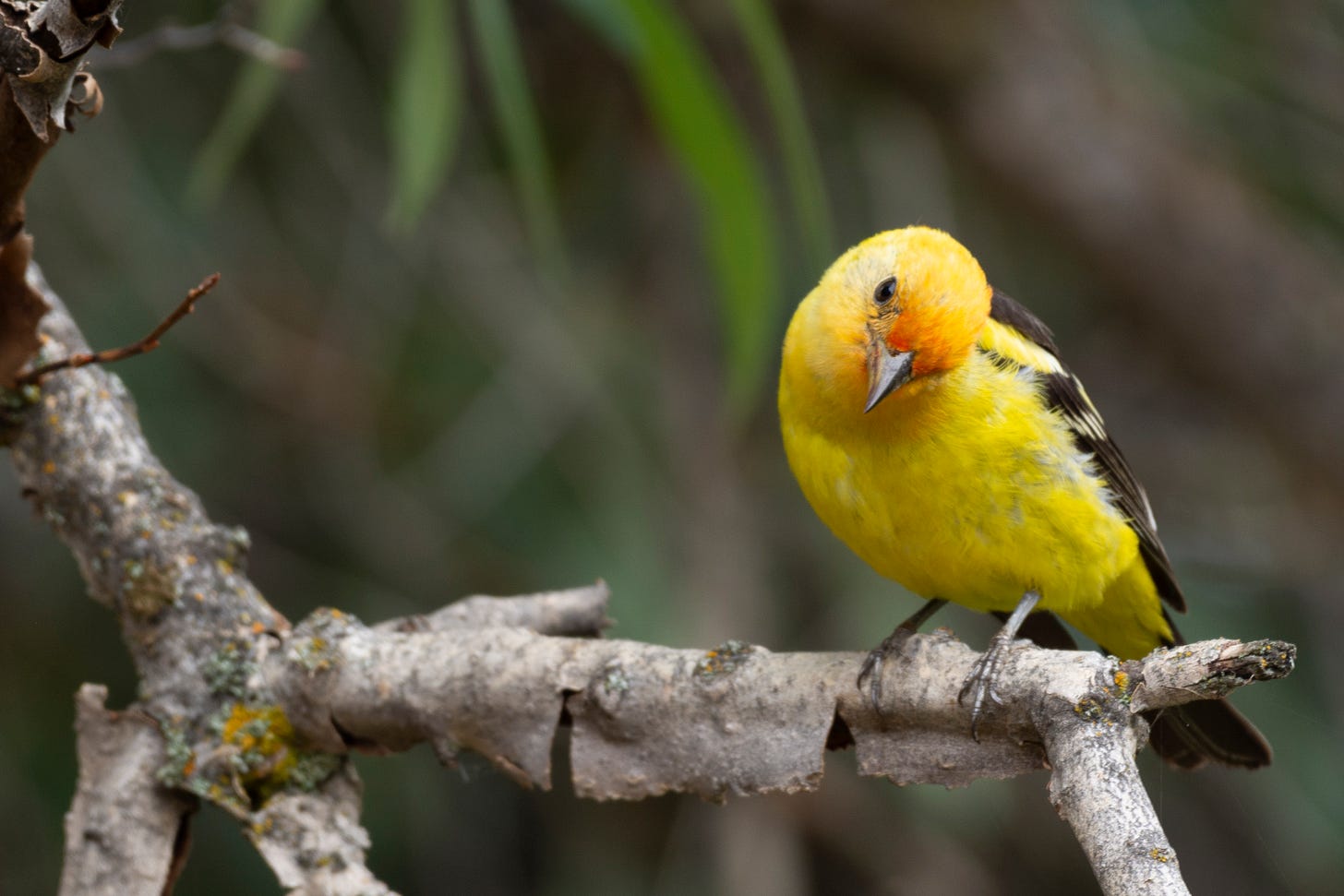
Steven and I honeymooned in Grand Teton! Why does the fox have a color? Is it in some kind of ecological population study?
Really enjoyed this. The guys saying that the Colorado in the Grand Canyon was "flat" meant that because of the low water level it was lacking rapids. Overall, the river thru there is rated Class IV (with some class V rapids).